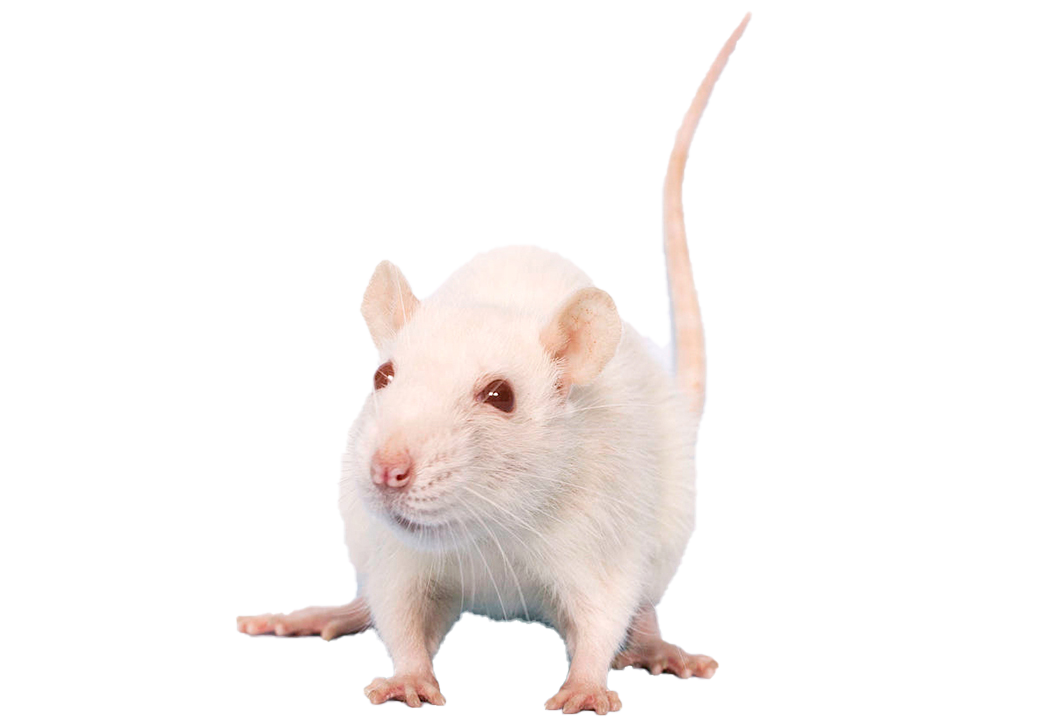SCID mice
In 1980, Bosma found the mutation in c.b-17/lcr mice raised by Fox Chase Cancer Center.

Source:
SCID mice are derived from autosomal recessive mutation (SCID).
In 1980, Bosma found the mutation in c.b-17/lcr mice raised by Fox Chase Cancer Center.
The strain showed severe combined immunodeficiency symptoms and loss of B cell and T lymphocyte function.
At the same time, the strain has normal NK cells, macrophages and granulocytes.
Coat color: hairless, albino background
Characteristics and uses: it is widely used in the research of human immunology and virology, oncology, physiology, hematology and pathology. It can accept the transplantation of human
normal tissue and become a chimeric mouse (i.e. SCID Hu model) for the reconstruction of human immune function and the research of oncology.
1. Many human parasites that cannot infect other strains of mice can infect SCID mice. The lesions are similar to humans. It is an animal model for the study of human filariasis.
2. The survival rate of human tumor transplantation is as high as 36.9%, while that of general nude mice is 16.9%. The metastasis rate of leukemia and malignant tumors is high and can
spread widely, which is very similar to the biological behavior of human tumors. The invasion and metastasis of tumor are similar to the spontaneous metastasis of human tumor.
3. It is the main model to study the role of lymphocyte differentiation and regulation, and the main model to study the relationship between immune deficiency and spontaneous
lymphocytoma.

